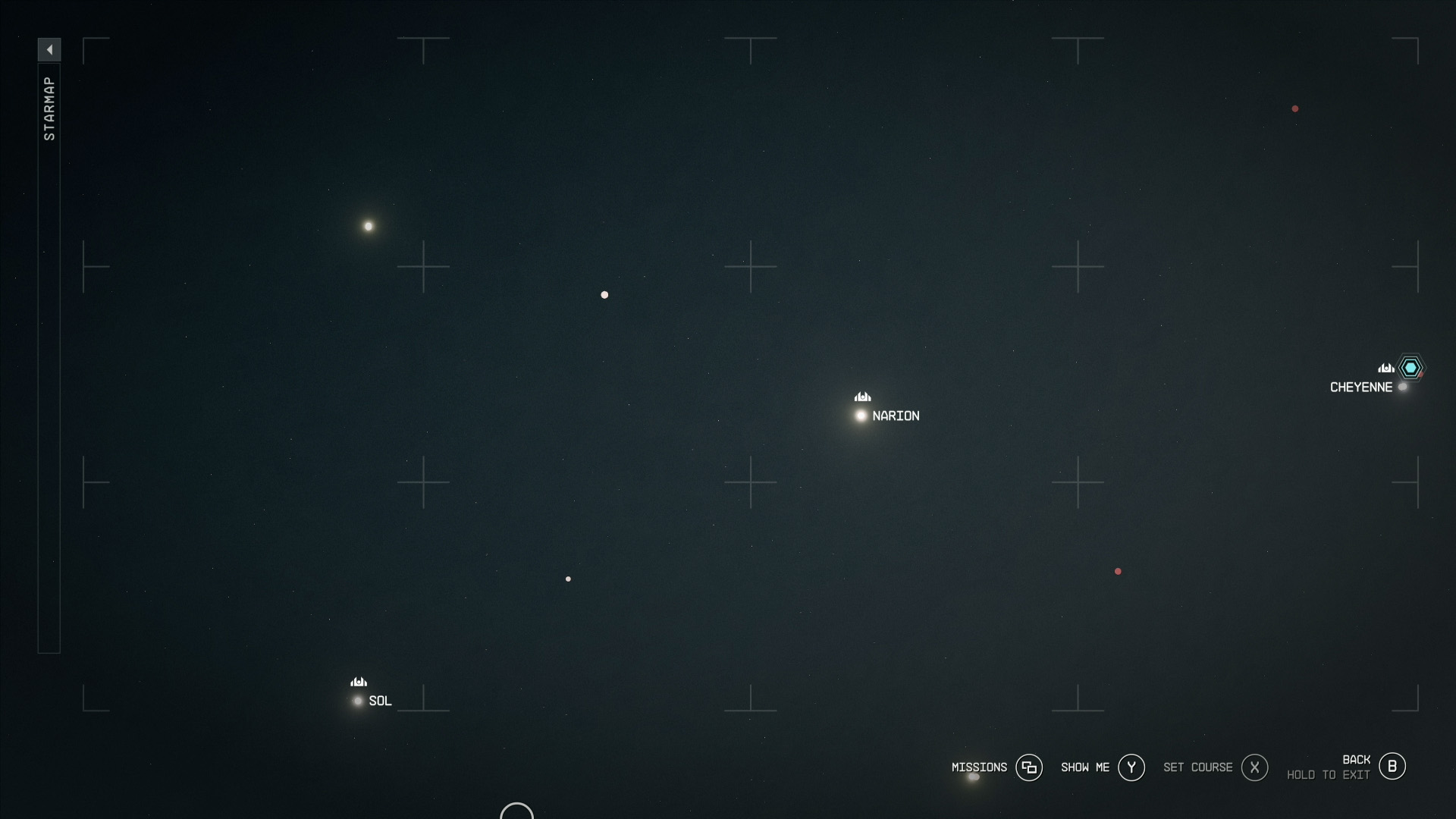
I clocked 16 hours in Starfield during my first two days with Starfield — and when I wasn’t playing, I was plotting my next in-game move.
Do I really want to become a space pirate, making my crew of fellow space explorers hate me as I take down friendly spaceships for bounties? Should I buy that 72,000-credit craft that’s only slightly better than my current ship? Do I really want to continue doing corporate espionage for a morally questionable Google-like tech giant?
I should get back to the main quest at some point, right…?
While some will scoff at the above time investment and call it “rookie gamer numbers,” it speaks to how quickly I’ve become engrossed in Starfield‘s world. Fast-forward to roughly a dozen more in-game hours later, and I don’t see that changing anytime soon.
Pushing the formula forward
It’s safe to say that a lot is riding on Starfield since it’s Bethesda Game Studios’ first major release under Microsoft’s ownership. Thankfully, Starfield gets a lot right and improves on the developer’s open-world formula in several notable ways.
First, the game is absolutely gorgeous. Whether you’re exploring the surface of barren planets, flying around in your spacecraft in orbit, or unpacking the seedy underworld of a crowded metropolis like ‘Neon,’ Starfield looks decidedly current-gen thanks to its excellent lighting, detailed characters with some of the best voice actor lip-syncing I’ve encountered in a game, and a world that feels alive.
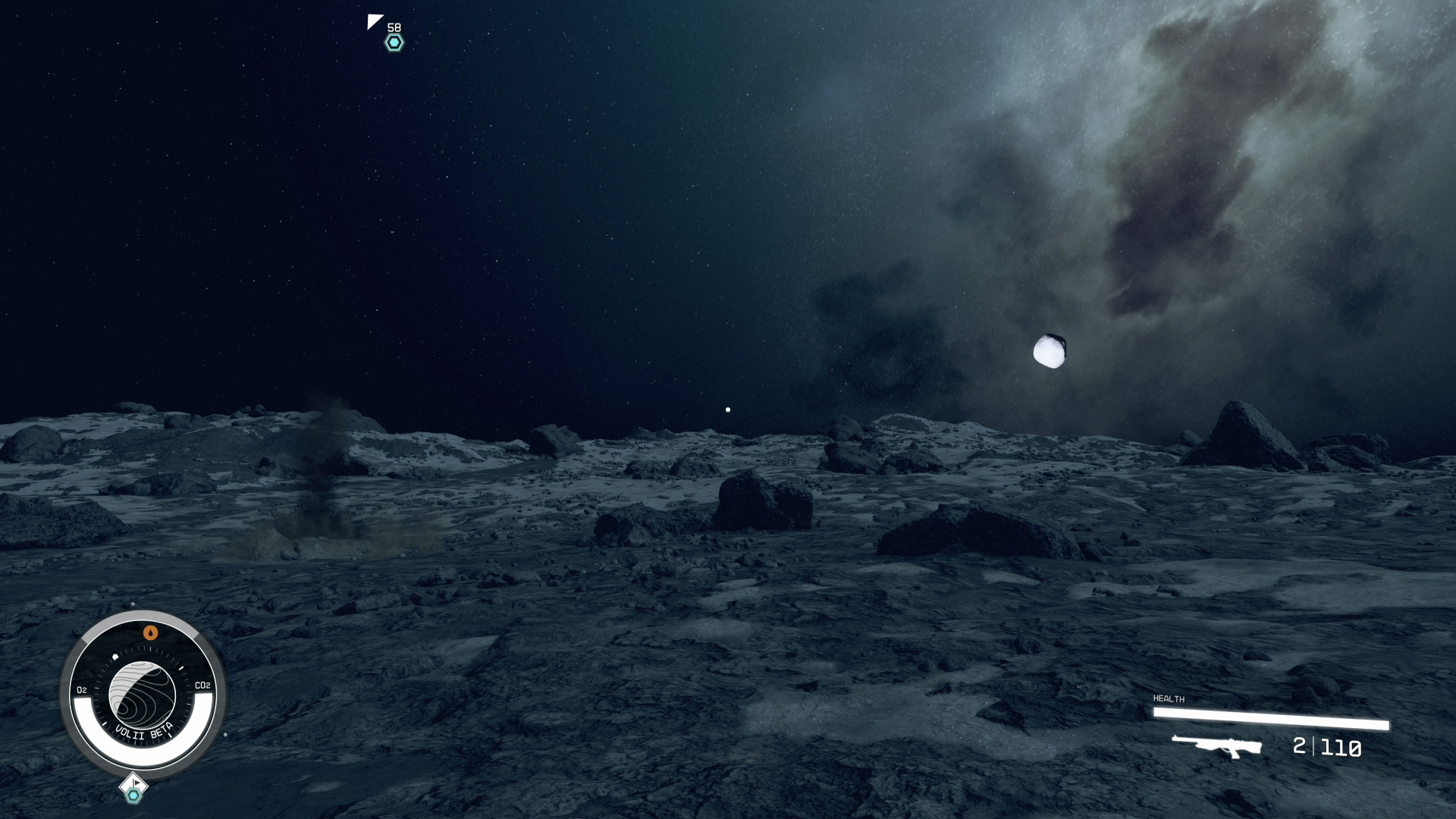
At times, though, the visuals fall apart. Non-player characters’ (NPCs) faces can occasionally look uninspired and plastic, animations remain stiff, though vastly improved over the studio’s other titles, and most algorithmically generated planets are drab and boring (more on this later). Still, Starfield overall looks stellar, even when compared to other recent open-world games. It also runs smoothly on the Xbox Series X, with very little slowdown — and even that might be fixed with a day-one patch. And unlike Bethesda’s past releases, it feels nearly glitch-free. I’ve only encountered one issue where a Companion briefly got stuck on a cliff. I haven’t found the fact that the game runs at 30fps/4K on the Series X to be an issue at all during my time with the game so far.
These positive changes, alongside Starfield‘s grounded, very unique “NASA Punk” aesthetic, and the fact you’re once again a silent protagonist (I often prefer this in RPGs, especially Bethesda’s), make it far easier to get lost in the game’s world compared to the developer’s past titles, particularly Fallout 4.
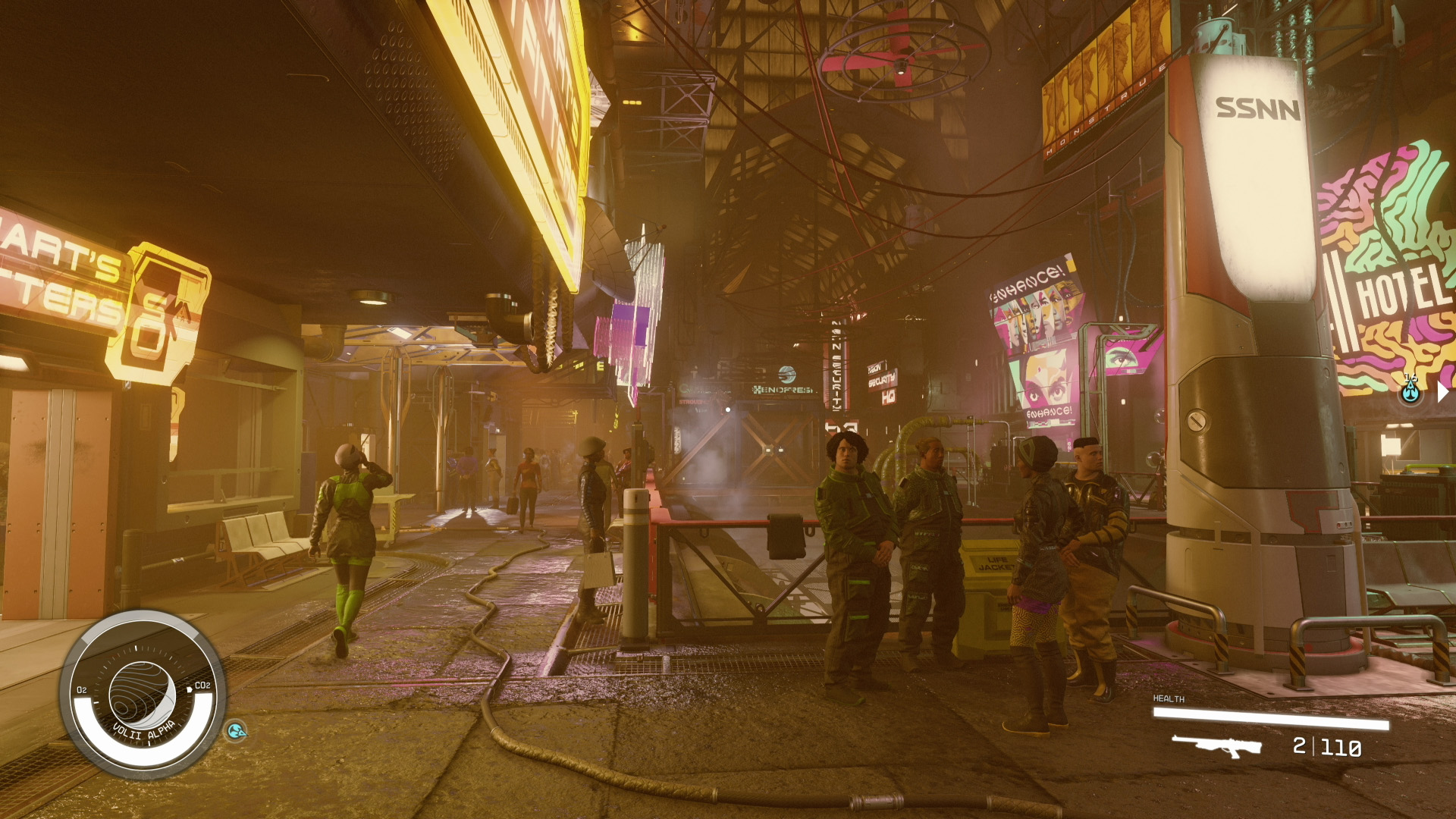 This is also the first time I’ve cared about the main story (or even side stories, for that matter) in a Bethesda title. Without giving too much away, you join Constellation, an organization that aims to explore space and unravel the mysteries surrounding alien artifacts. You’ll also run into factions like the United Colonies and the Freestar Collective and learn about the history surrounding the Colony War. From carefully crafting the appearance of my ‘Space Scoundrel’ to enlisting several different companions as crew on my ship, I find myself wanting to know what happens next in Starfield‘s core narrative, and at least so far, missions are varied and interesting.
This is also the first time I’ve cared about the main story (or even side stories, for that matter) in a Bethesda title. Without giving too much away, you join Constellation, an organization that aims to explore space and unravel the mysteries surrounding alien artifacts. You’ll also run into factions like the United Colonies and the Freestar Collective and learn about the history surrounding the Colony War. From carefully crafting the appearance of my ‘Space Scoundrel’ to enlisting several different companions as crew on my ship, I find myself wanting to know what happens next in Starfield‘s core narrative, and at least so far, missions are varied and interesting.
But like past Bethesda titles, sidequests and characters are where the game truly shines. From the amusing Barrett to Andreja’s complicated past with the Crimson Fleet (I also like the space pirate’s key characters, including their leader), or even Sarah Morgan’s unbridled optimism surrounding space exploration, I find myself actually caring about my ship’s crew in a way I haven’t since Mass Effect 3. They make little quips between missions and talk amongst each other as you walk around your craft, allowing you to get to know them better (you can also swap different crew members depending on your ship’s capacity). I’m sure I’ll encounter several more compelling companions as I continue to play.
Combat doesn’t suck
So far, the side missions I’ve encountered have been great. In one instance, I fast-travelled to a specific moon orbiting a planet (more on the fast-travel system later) and received a distress call from a farmer requiring protection from a group of raiding “Spacers.” I headed down to the planet’s surface and gathered more details about my mission before flying back up into orbit to take down the first group of Spacers.
I then attempted to negotiate a defence force union between several farmers, but ultimately failed, so I fast-travelled to several surrounding moons to wipe out more enemy ships. This multi-part, layered side mission took me roughly two hours to complete and appeared out of nowhere when I was on my way to a core story mission. Situations like this make Bethesda’s games special, and with Starfield, the developer has perfected its formula of throwing compelling side quests at you from all angles.
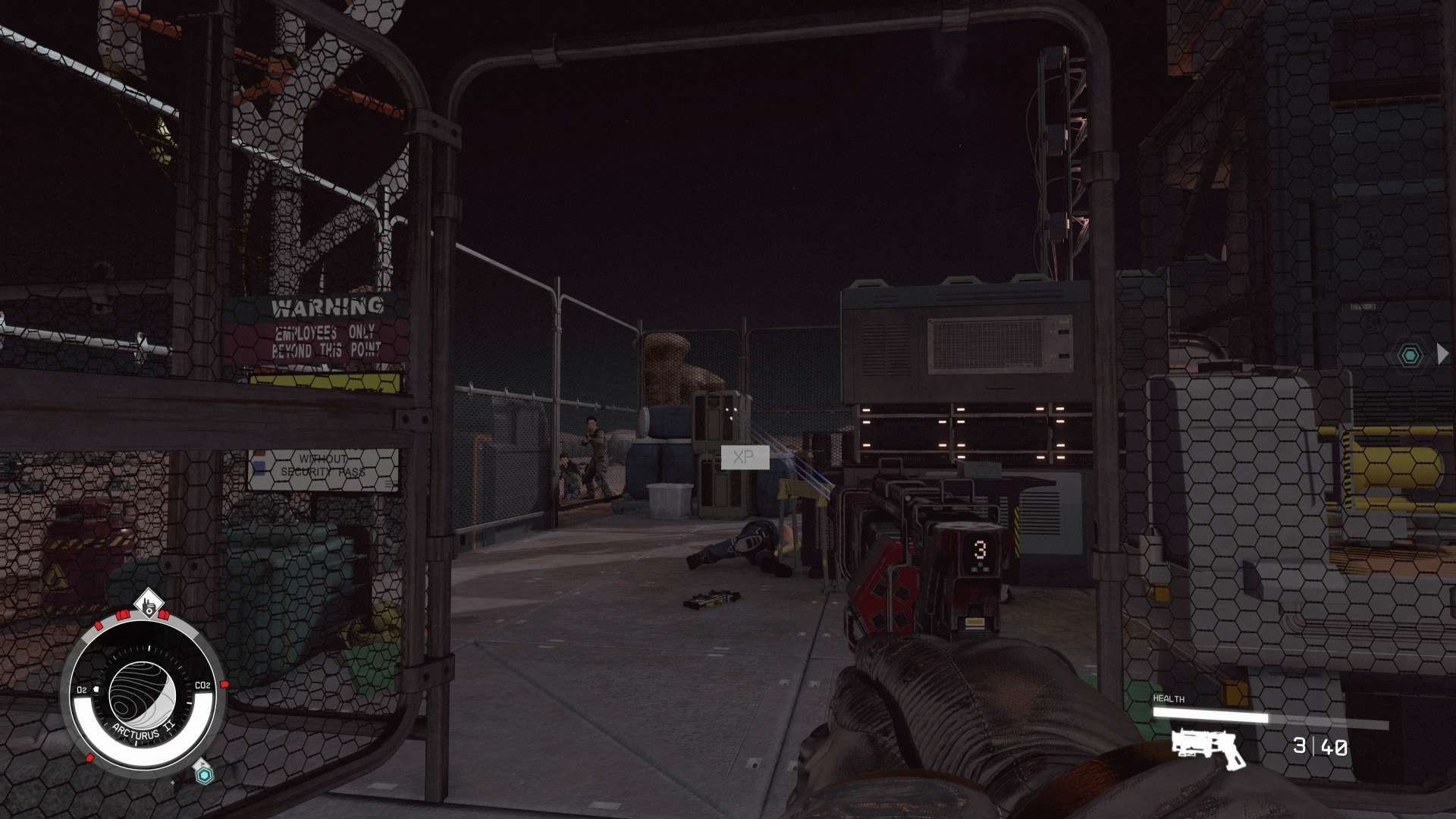 It’s also important to note that this is the first time I’ve enjoyed combat in a Bethesda title. In Starfield, gunplay is fast and fluid, and thanks to the game’s Boost Pack, it can quickly become hectic. The Boost Pack lets you get the drop on enemies, literally, by bounding through the air and falling from above. It makes traversal in Starfield fun and is one of the first skills I started working towards maxing out early on. For example, I jetted across an expansive room instead of climbing up winding platforms during a mission that tasked me with exploring a derelict space prison with a group of swashbuckling space pirates.
It’s also important to note that this is the first time I’ve enjoyed combat in a Bethesda title. In Starfield, gunplay is fast and fluid, and thanks to the game’s Boost Pack, it can quickly become hectic. The Boost Pack lets you get the drop on enemies, literally, by bounding through the air and falling from above. It makes traversal in Starfield fun and is one of the first skills I started working towards maxing out early on. For example, I jetted across an expansive room instead of climbing up winding platforms during a mission that tasked me with exploring a derelict space prison with a group of swashbuckling space pirates.
There’s also a wide variety of weapons in Starfield, including lethal shotguns like the ‘Furious Coachman’ I’ve found myself relying on, the ‘Keelhauler’ pistol (what a name, right?) that deals a lot of damage, but that’s difficult to find ammo for, and firearms with scopes, like the ‘Disassembler Modified Drum Beat’ I randomly picked up off a fallen foe.
“As far as I’m concerned, Starfield is the first Bethesda game to feature truly compelling combat that doesn’t feel like a chore.”
I’ve found scoping on foes, even at mid-range, to be key to making it through some of Starfield‘s tougher missions. Speaking of combat, the game can be played in first-person, an over-the-shoulder view or a more traditional third-person angle. Unlike past Bethesda games, all three of these perspectives work well, and I find myself switching to third-person often (usually when not in combat), to get a clear view of my character’s sick space suit.
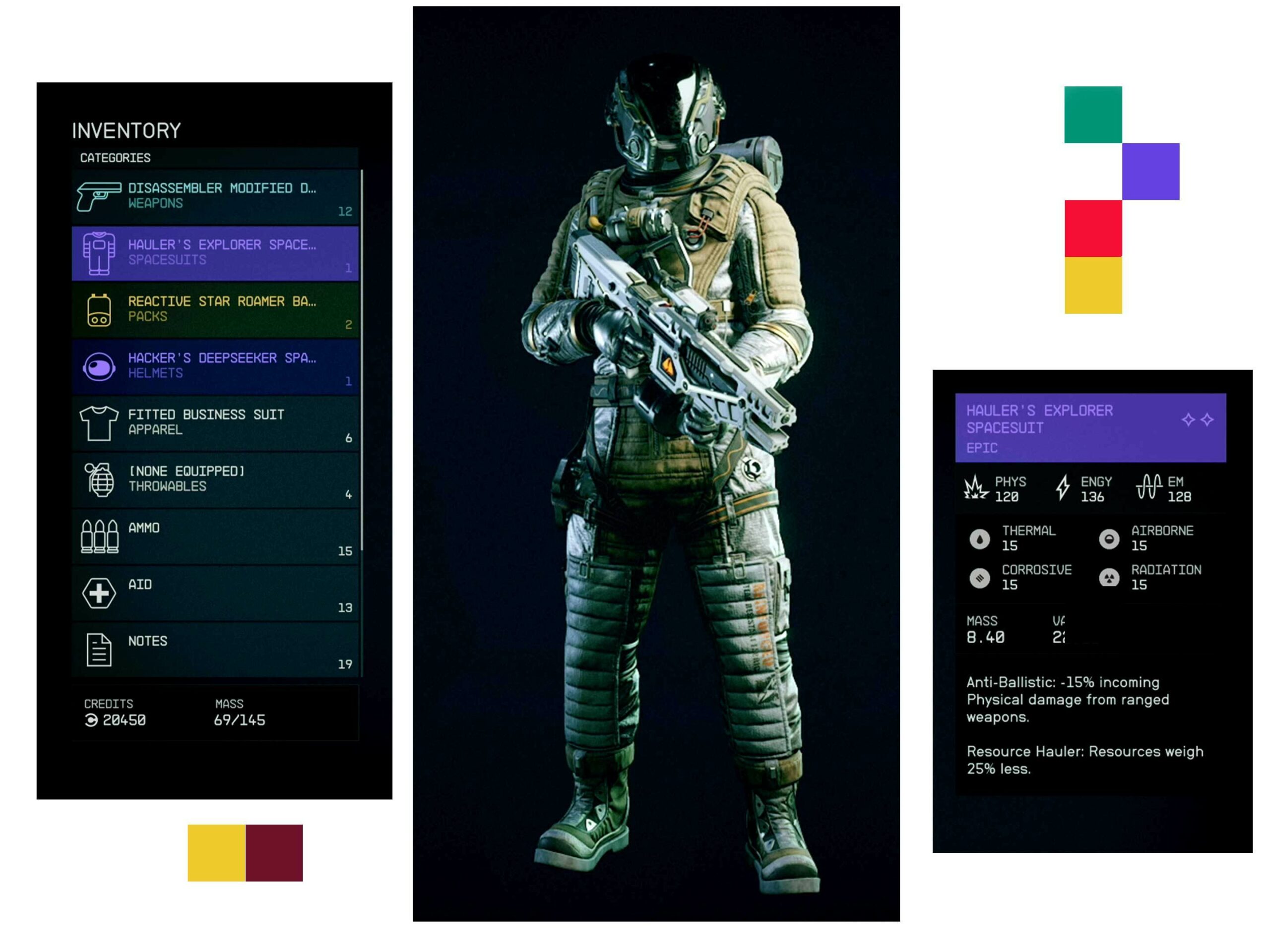 Like in past Bethesda titles, there’s a great upgrade system that allows you to cater your character to your playstyle. For example, I like stealing (I hate picking locks, though) and sneaking, but I also Boost Pack my way through nearly every fight. With this in mind, I can drop points into all of these categories and complete their accompanying in-game tasks, like jacking a specific number of items from a character, to unlock additional levels in each category.
Like in past Bethesda titles, there’s a great upgrade system that allows you to cater your character to your playstyle. For example, I like stealing (I hate picking locks, though) and sneaking, but I also Boost Pack my way through nearly every fight. With this in mind, I can drop points into all of these categories and complete their accompanying in-game tasks, like jacking a specific number of items from a character, to unlock additional levels in each category.
I want to make it very clear: as far as I’m concerned, Starfield is the first Bethesda game to truly feature compelling combat that doesn’t feel like a chore. If you’re a fan of shooters and Fallout 3/4‘s V.A.T.S. system never felt quite right to you, there’s a lot to like here. The one downside is that sometimes enemies can be stupid. For example, you’ll encounter a smart pack of pirates jetpacking through the air, flanking you from all sides, and then, in the next instance, a foe will stand still as you fill their body with hot lead. It’s a perplexing issue, and one I hope Bethesda fixes in a future patch.
 Then there’s the space combat. Controlling your ship and using its various weapons (homing missiles remain my favourite) feels like a full-fledged space flight game within Starfield. Granted, I’m still relatively early in the game and have only tried three ships: the starting ‘Frontier’ vessel, which I quickly upgraded with a faster engine, a hulking prison ship that feels like an aircraft carrier in space (I sold it for extra cash), and the ‘Responder,’ a craft I really shouldn’t have bought because it’s not much of an upgrade.
Then there’s the space combat. Controlling your ship and using its various weapons (homing missiles remain my favourite) feels like a full-fledged space flight game within Starfield. Granted, I’m still relatively early in the game and have only tried three ships: the starting ‘Frontier’ vessel, which I quickly upgraded with a faster engine, a hulking prison ship that feels like an aircraft carrier in space (I sold it for extra cash), and the ‘Responder,’ a craft I really shouldn’t have bought because it’s not much of an upgrade.
Each craft handles in a distinct way, and upgrades feel meaningful. For example, while I hated the Responder at first, buying a new engine and upgrading its weapons improved its performance significantly. I even swapped out its crew compartment to feature a Workbench instead of the stock medical equipment it initially came with.
You’re going to fast-travel everywhere
Not everything about Starfield is perfect, and if you’ve paid attention to the title’s Subreddit leading up to its release, you’ll be well aware of the controversy surrounding how you actually move your ship through its sprawling star systems.
While Bethesda has been honest about Starfield‘s planet exploration and structure, particularly in recent interviews featuring game director Todd Howard, many people will be surprised to learn that you can’t actually fly between the game’s 1000+ planets. Instead, you look at a waypoint icon and tap the A button and then hold X. A cutscene featuring your ship’s Gravity Drive appears, and after a 2-3 second loading screen (sometimes it’s slightly longer), you’re in a new area. You can also do this directly from the mission select screen, which I found myself resorting to in order to get back to certain major cities. I wish there was a clear list of settlements you can travel to across several star systems somewhere on the map, as well as maps of cities and settlements, because it’s easy to get lost.
Landing on planets is very similar. You open up your Star Map and launch the planet you’re currently on. In this map, some planets feature multiple points of interest, while others are entirely barren. You select a location, and your ship automatically lands.
It’s unclear whether planets are entirely explorable or if there is just a set number of algorithmically generated “tiles” that appear wherever you land. In my experience, the tiles don’t appear to connect, so if you make it to a mountain on one, go back to your ship, and fly to what looks like the tile beside you, the geography won’t blend. When every tile takes roughly 45 minutes to walk to the edge, does it really matter if you can’t circumnavigate a planet (which would take countless hours)? There’s already ample exploration in Starfield, and in my experience, most of the algorithmically generated planets are, unfortunately, pretty boring. So far, the most interesting thing I’ve encountered is the crew of a ship looking for water.
It took me a while to get past this structure because, despite Bethesda never specifically saying it would be the case, I assumed I’d be able to fly my ship across vast distances or land directly on planets with my craft under my direct control. Do I still think Bethesda’s approach is a mistake and wish the developer opted for a smaller world I can actually fly across? In some respects, yes, but since I’ve also spent time with No Man’s Sky, I know how traversing empty space and constantly landing your ship can quickly become monotonous. With Starfield‘s fast-travel mechanic, you’re often dropped directly into interesting situations, whether it’s a group of roving pirates raiding a nearby helpless ship or a derelict sprawling spacecraft begging to be explored, so there are benefits to this approach.
 That said, I would have preferred a more curated world with less emphasis on the randomly generated planets, although in my time with the game so far, there also seems to be a lot of developer-crafted locations on planets to explore. Speaking of quickly traversing across star clusters, Starfield allows you to fast-travel to any location you’ve previously discovered (as long as you have enough fuel in your ship’s tank), making moving between missions a breeze.
That said, I would have preferred a more curated world with less emphasis on the randomly generated planets, although in my time with the game so far, there also seems to be a lot of developer-crafted locations on planets to explore. Speaking of quickly traversing across star clusters, Starfield allows you to fast-travel to any location you’ve previously discovered (as long as you have enough fuel in your ship’s tank), making moving between missions a breeze.
“Not since The Legend of Zelda: Breath of the Wild has a game pulled me in the way Starfield‘s world and characters have…”
However, the title’s load screens are more difficult to forgive and are a clear example of why Bethesda’s games often feel dated when they’re finally released following their lengthy development cycles. Any way you look at it, there‘s ample loading in Starfield. From fast-travelling to landing on planets to, in some cases, entering buildings, you’ll see the game’s load screen a lot. Thankfully, load times are short and usually well under 5-10 seconds in most cases, due to the Xbox Series X/S’s custom NVMe SSD. Still, I wish there were fewer load screens because they can sometimes become grating, especially when rapidly moving between planets.
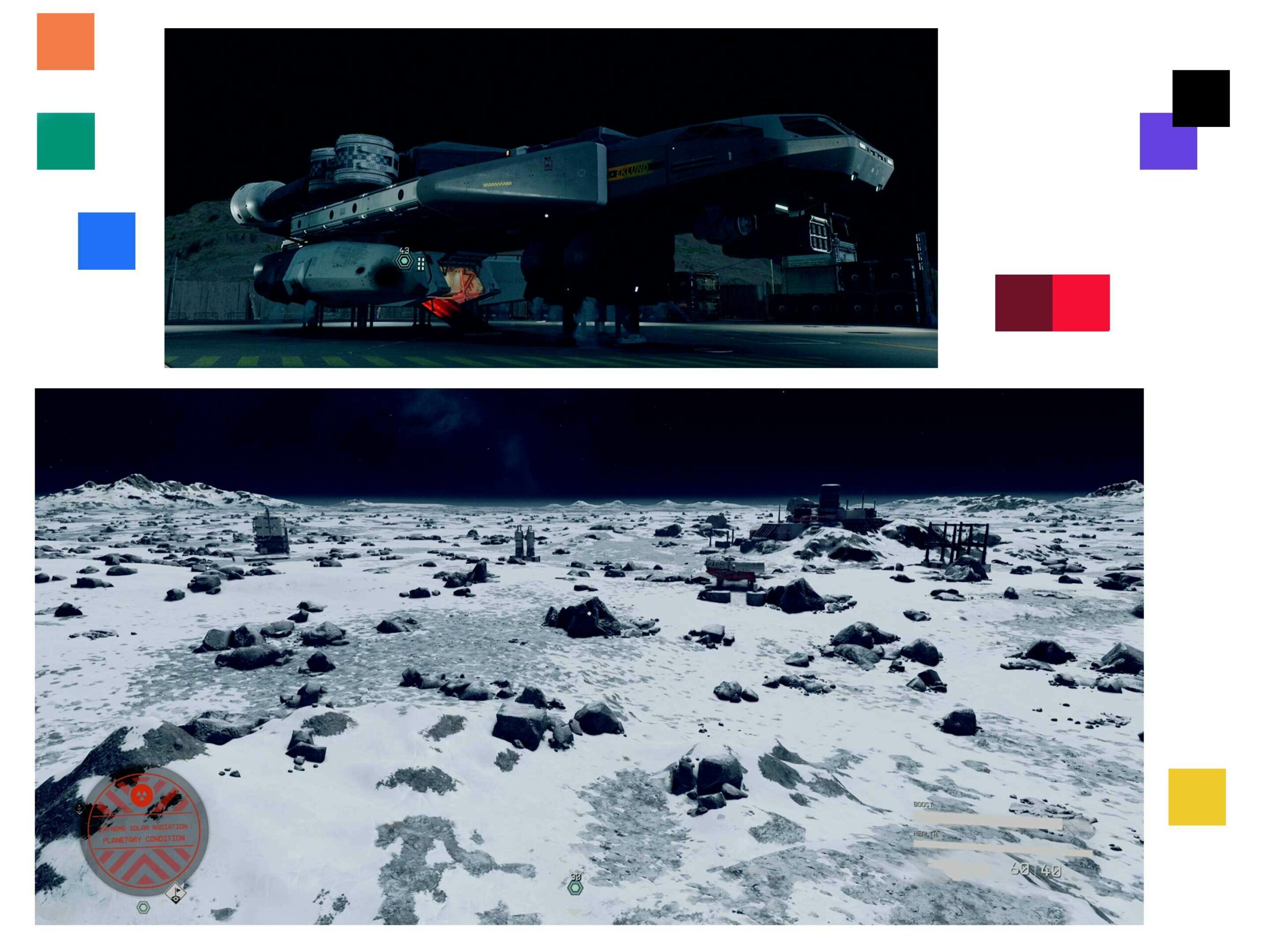
A new benchmark in action role-playing
As long as you can get past the numerous load screens and constant fast-travel, which admittedly, could be dealbreakers for some who expected Starfield to rework Bethesda’s traditional formula entirely, you’ll find one of the best action role-playing games of the last several years.
Not since The Legend of Zelda: Breath of the Wild has a game pulled me in the way Starfield‘s world and characters have, and I feel like I’ve only just scratched the surface regarding what Bethesda’s latest epic has to offer, with Settlement and shipbuilding from scratch being two notable features I haven’t spent time with yet.
Now excuse me while I head back to space 💫.
 Starfield releases on September 6th on the Xbox Series X/S and PC. The game is part of Xbox Pass Ultimate ($18.99/month) and costs $89.99 for the physical or digital copy on Amazon. Special editions of the game also unlock early access on August 31st or September 1st, depending on your region.
Starfield releases on September 6th on the Xbox Series X/S and PC. The game is part of Xbox Pass Ultimate ($18.99/month) and costs $89.99 for the physical or digital copy on Amazon. Special editions of the game also unlock early access on August 31st or September 1st, depending on your region.
MobileSyrup utilizes affiliate partnerships. These partnerships do not influence our editorial content, though we may earn a commission on purchases made via these links which help fund the journalism provided free on our website.
Header image credit: Bethesda
MobileSyrup may earn a commission from purchases made via our links, which helps fund the journalism we provide free on our website. These links do not influence our editorial content. Support us here.


